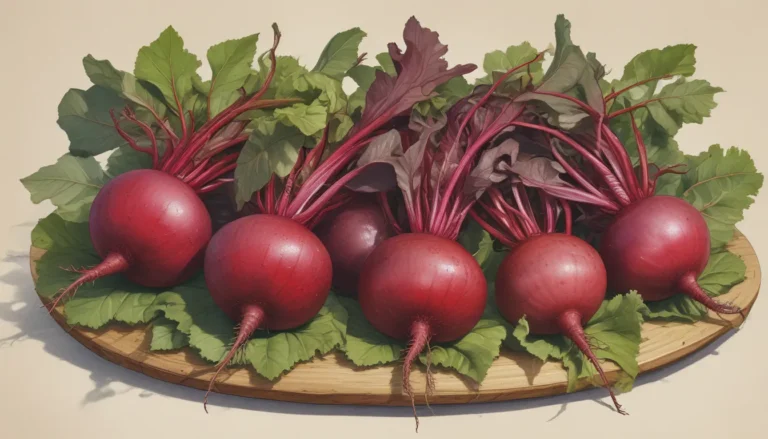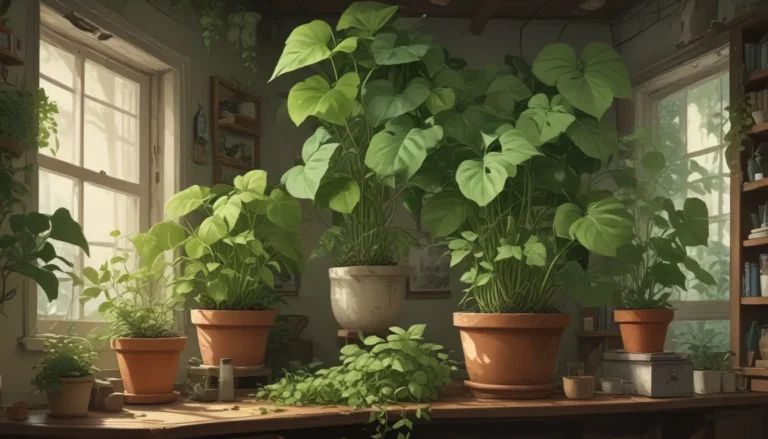A Comprehensive Guide on Growing Asiatic Jasmine

Trachelospermum Asiaticum
Are you looking to add a touch of greenery to your garden with a low-maintenance, fast-growing ground cover? Consider Asiatic jasmine, a versatile plant not only appreciated for its dense carpet-like coverage but also for its tolerance of various environmental conditions.
What Is Asiatic Jasmine?
Asiatic jasmine, also known as Asian jasmine, dwarf jasmine, or minima jasmine in some regions, is a reliable ground cover native to Korea and Japan. Contrary to its name, it is not actually jasmine but rather a member of the Trachelospermum genus. This evergreen vine features glossy dark green leaves and delicate white flowers that emit a light fragrance under the right conditions.
Cultivation and History
First described by German botanists in 1846, Asiatic jasmine has since become a popular choice for gardeners in USDA hardiness zones 7b-10. While it can tolerate a wide range of soil types and lighting conditions, it is best suited for shady areas where other plants may struggle to thrive.
Propagation Techniques
If you’re looking to propagate Asiatic jasmine, here are some methods you can try:
-
From Cuttings: Take a 6-inch cutting from a vine shoot, remove the bottom leaves, and place it in damp sand with rooting hormone.
-
From Seedlings or Transplants: You can find small jasmine plugs at nurseries to transplant directly into your garden.
-
Layering: Encourage new roots to grow along the stem by burying a section of vine, then cut and plant the rooted sections independently.
How to Grow Asiatic Jasmine
Asiatic jasmine thrives in well-draining soil with a pH of 5.5 to 7.0 and can be planted in full sun, part sun, or full shade. Once established, it is fairly drought-tolerant and requires minimal watering during dry spells. Fertilization with a balanced 10-10-10 fertilizer at the start of the growing season can promote healthy growth.
Growing Tips
- Plant in various lighting conditions
- Water mature plants when leaves wilt
- Apply fertilizer in spring if desired
Pruning and Maintenance
Maintaining Asiatic jasmine mainly involves regular pruning to control its spreading tendencies. Whether using pruners or a lawn mower, keeping the plant in check will encourage thicker growth and prevent it from overtaking your garden.
Cultivars to Select
While naturalized types of Asiatic jasmine are common, some cultivated varieties offer unique features such as variegated leaves and fragrant flowers. Consider varieties like ‘Snow-N-Summer’ or ‘Gold Brocade’ for added visual interest in your garden.
Managing Pests and Disease
Asiatic jasmine is relatively disease-free, with leaf spot caused by the Cercospora fungus being the primary concern. Treat severe infections with fungicide as needed, but overall, fungus is rarely a severe problem for this resilient plant.
Best Uses
Asiatic jasmine is most commonly used as a ground cover due to its ability to quickly fill in empty spaces with lush green foliage. Cultivated varieties can also be grown in hanging planters for added visual appeal.
Quick Reference Growing Guide
- Plant Type: Vine, perennial
- Flower / Foliage Color: White; dark green, variegated
- Native to: Japan, Korea
- Water Needs: Low
- Hardiness (USDA Zone): 7b-10
- Maintenance: Low
- Season: Spring, summer
- Tolerance: Drought, salt
- Exposure: Full sun, part sun, full shade
- Soil Type: Any, except waterlogged
- Spacing: 18 inches
- Soil pH: 5.5-7
- Planting Depth: Same depth as container
- Soil Drainage: Well-draining
- Height: 18 inches
- Uses: Groundcover, hanging baskets
- Spread: 10 feet
- Family: Apocynaceae
- Growth Rate: Fast
- Genus: Trachelospermum
- Pests & Diseases: Leaf spot
- Species: Asiaticum
In Conclusion
While Asiatic jasmine may not be native to the US, its versatility and resilience make it an excellent choice for gardeners looking to add a lush, low-maintenance ground cover to their outdoor spaces. With proper care and maintenance, this plant can thrive in various conditions and provide a beautiful green backdrop for your garden landscape. Have you had success growing Asiatic jasmine in your garden? Share your experiences and tips in the comments below.





